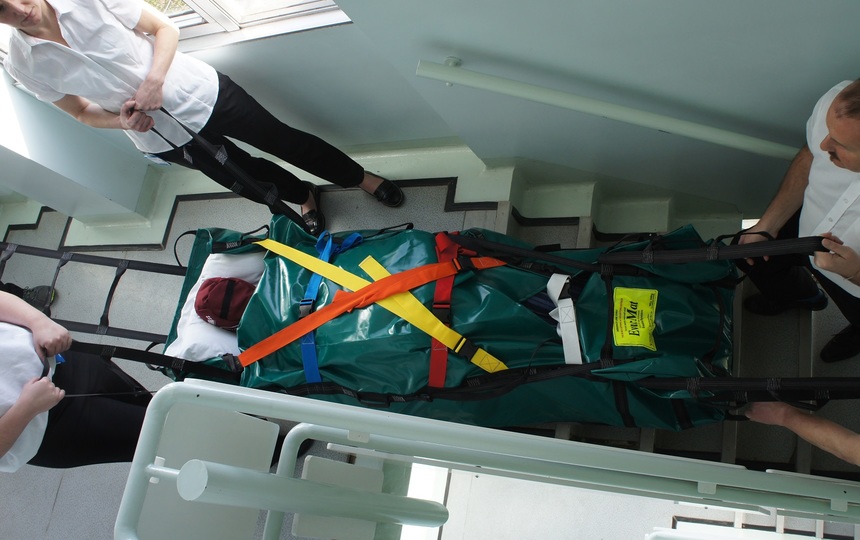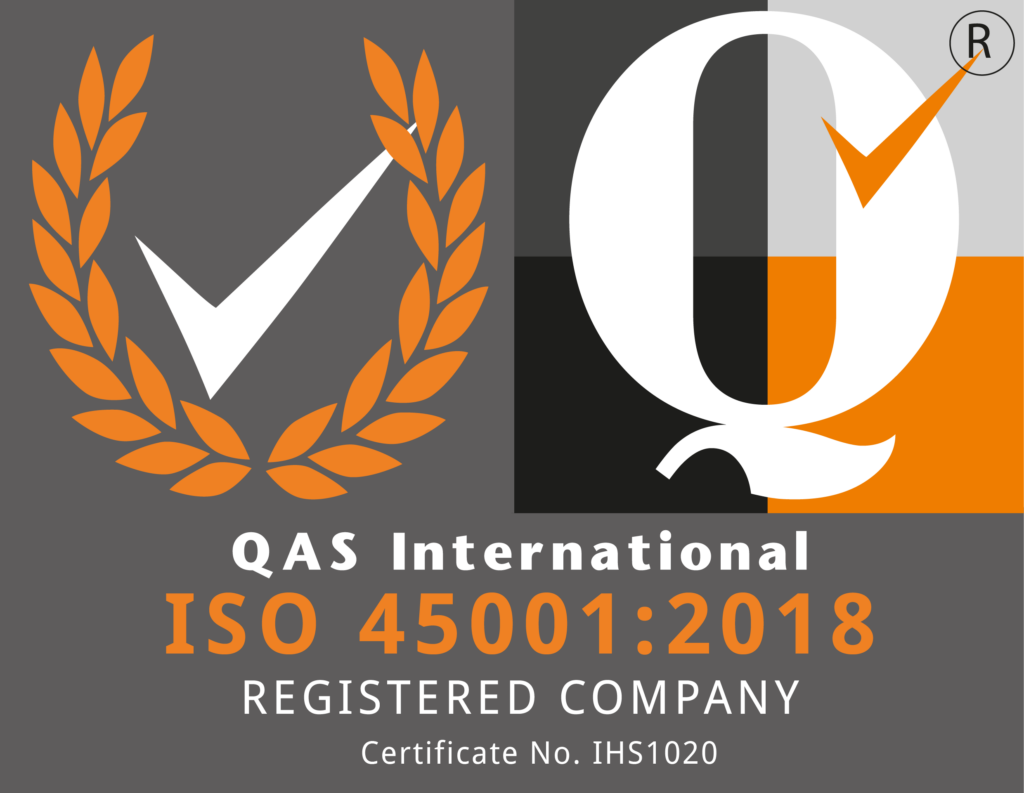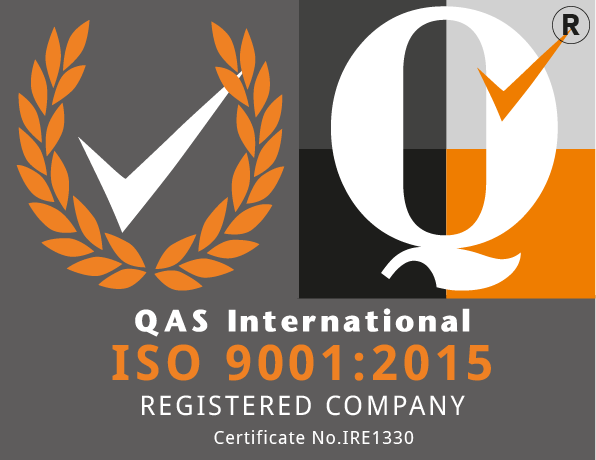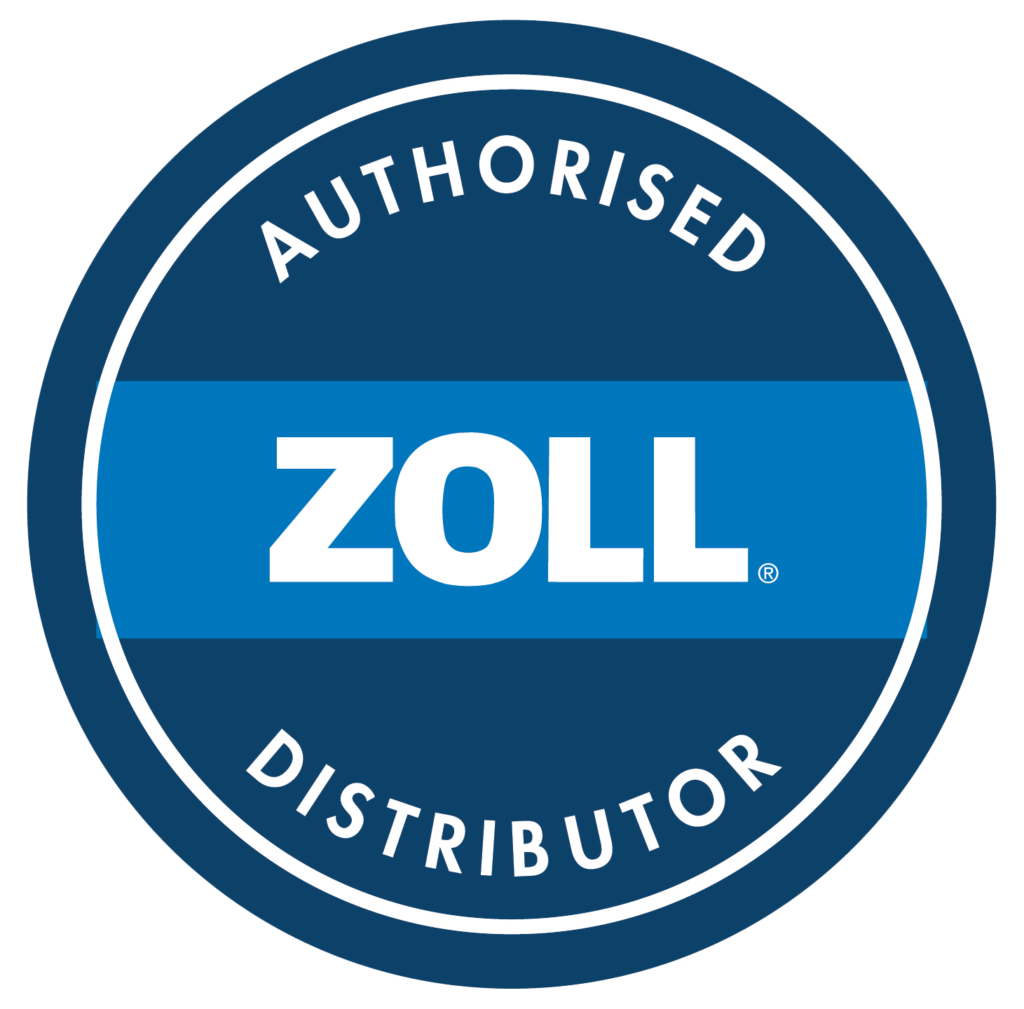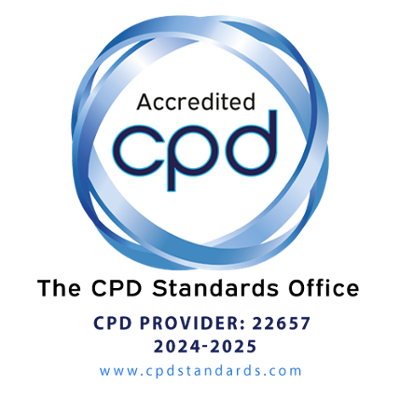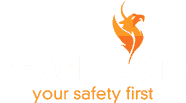The Certified Healthcare Evacuation Equipment Instructor Course programme is Ireland’s only manufacturer-authorised “Train-the-Trainer” course for healthcare evacuation equipment. It is designed to equip senior healthcare and safety professionals with the competence to meet and exceed their statutory duties under Irish law. Graduates of this intensive programme become certified instructors, fully qualified to deliver accredited, in-house training on the complete Hospital Aids “SKI” range of emergency evacuation equipment. This course provides the definitive pathway to establishing a robust, compliant, and self-sufficient emergency preparedness culture within your healthcare facility. This hands-on programme aligns with the Health Information and Quality Authority (HIQA) regulations, ensuring adherence to the highest training standards.
Fulfilling Your Statutory Duties: The Critical Role of Manufacturer-Authorised Training
Choosing a training provider for life-saving equipment is not merely a procurement decision; it is a critical risk management function with significant legal and operational consequences. For healthcare facilities in Ireland, the imperative to select a manufacturer-authorised trainer is explicitly linked to statutory obligations, equipment integrity, and organisational liability.
The Legal Framework in Ireland
Irish law clearly and non-delegably imposes a duty of care on the management of healthcare premises. The Fire Services Act 1981 (as amended in 2003) mandates that any person in control of premises must take “all reasonable measures” to safeguard occupants. This includes the provision of adequate evacuation equipment and, crucially, comprehensive staff training on its use. This obligation is reinforced by the Safety, Health and Welfare at Work Act 2005, which requires employers to provide “sufficient information, instruction and supervision” to ensure employees can safely operate all work equipment. In the context of a hospital, nursing home, or residential care facility, where residents may be non-ambulant, this duty extends directly to evacuation aids like Ski Sheets and EvacMats. Failure to provide sufficient and correct training can be considered a breach of this core statutory duty.
The Risks of Unauthorised “SKI” Product Training
Hospital Aids, the sole manufacturer of the “SKI” emergency evacuation range, has identified that not all training on these life-safety products meets the high standards required for their safe and effective deployment. To address this, they have stipulated that only authorised training is acceptable. Engaging unauthorised trainers for “SKI” branded equipment introduces significant and avoidable risks for a healthcare organisation :
- Voided Product Warranties: The manufacturer may void product warranties on essential life-safety equipment if it is used in conjunction with unauthorised or incorrect training methods. This leaves the facility financially exposed and could lead to equipment being out of service when needed most.
- Increased Liability: In the event of an incident, using unapproved training methods could expose operators and their employers to significant liability under the EU Product Liability Directive 85/374/EEC. Demonstrating that staff were trained to a standard explicitly not endorsed by the manufacturer weakens an organisation’s legal defence.
- Trademark Infringement & Misleading Practices: An organisation offering training on “SKI” products without authorisation may be engaging in a misleading commercial practice under the Consumer Protection Act 2007 or infringing on registered trademarks under the Trade Marks Act 1996. Associating your facility with such practices carries reputational risk.
Phoenix STS: Your Sole Authorised Partner in Ireland
To protect the integrity of the “SKI” brand and ensure the highest possible patient and staff safety standards, Hospital Aids has formally designated Phoenix STS as its sole authorised distributor and service partner for the Island of Ireland. This includes the exclusive authority to deliver the accredited “Train-the-Trainer” (TtT) programme. By choosing Phoenix STS, you are not just selecting a training provider; you are partnering with the only organisation in Ireland certified by the equipment manufacturer to ensure your training is compliant, correct, and upholds the integrity of your life-saving equipment. This direct authorisation provides an unparalleled assurance that your facility meets its legal and ethical obligations.
Benefits of Certified Healthcare Evacuation Equipment Instructor Course
- Gain a comprehensive understanding of healthcare evacuation equipment and best practices. The course will thoroughly equip you with the knowledge and practical skills to confidently use and instruct others on various evacuation equipment commonly found in healthcare settings.
- Become a proficient and certified instructor. You’ll be trained to a high standard, enabling you to deliver practical and engaging training sessions within your organisation. This certification demonstrates your competence and credibility in this specialised area.
- Improve the safety of evacuees and staff during emergencies. By becoming a qualified instructor, you’ll play a crucial role in enhancing the safety of evacuees and staff. You’ll be able to train colleagues to respond effectively and efficiently during evacuation situations, potentially minimising risks and ensuring smoother, safer evacuations.
- Boost confidence in your ability to manage and instruct on evacuation procedures. The course is designed to build confidence in your personal use of the equipment and your ability to clearly and effectively instruct others. This assurance is vital when dealing with high-pressure emergency scenarios.
- Assist your organisation in meeting legal and regulatory requirements. Healthcare organisations have a responsibility to ensure adequate emergency preparedness. This course helps you and your organisation meet these legal obligations by ensuring staff are adequately trained in evacuation procedures and using relevant equipment, thus mitigating potential risks and liabilities.
- Enhance your professional development and career prospects. This specialised instructor qualification demonstrates a commitment to professional development and adds valuable skills to your CV. It can open up opportunities for career advancement within your organisation or in the broader healthcare training sector.
This course offers a robust and comprehensive training experience that empowers you to become a highly competent healthcare evacuation equipment instructor. It focuses on practical skills, theoretical knowledge, and safety, ultimately benefiting individuals and the healthcare organisations they serve
Course Aims of the Certified Healthcare Evacuation Equipment Instructor Course
To empower instructors with the expertise to train healthcare staff across various settings, including disability services, residential care facilities, and hospitals, to safely and effectively use evacuation equipment, ensuring compliance with the HIQA regulations.
- Build a sound grasp of statutory and professional duties governing evacuee evacuation and staff training.
- Equip delegates to instruct healthcare staff in the safe selection, inspection and use of evacuation sheets, mats and pads.
- Enable delegates to assess a vulnerable person and their environment and choose the most suitable evacuation equipment.
- Develop practical demonstration, coaching and feedback techniques to promote safe practice and competence.
- Foster a culture of ongoing skills maintenance, auditing, and continuous improvement in healthcare evacuation planning.
Key Course Objectives of the Certified Healthcare Evacuation Equipment Instructor Course
- Explain the statutory framework (Safety, Health & Welfare at Work Act 2005, Fire Services Act 1981, General Application Regulations) and professional guidance that govern evacuation and staff training.
- Conduct a ward/unit-level risk assessment that matches the person’s dependency, building constraints, and staffing levels with appropriate evacuation aids.
- Perform and record pre-use inspections of evacuation sheets, mats, and pads, identifying faults that would prevent equipment from being put into service.
- Demonstrate safe, efficient use of each aid on level surfaces and stairways, meeting the performance criteria in the course skills checklist.
- Coach a novice learner through a practical drill, giving clear corrective feedback and reinforcing safe techniques.
- Sign off on delegating competence using the standard assessment form and maintaining training records for audit purposes.
- Draft or update a Personal Emergency Evacuation Plan (PEEP) that integrates chosen equipment, staffing and maintenance schedules.
- Evaluate training effectiveness and propose actions for continuous improvement in healthcare evacuation planning.
Who is the Certified Healthcare Evacuation Equipment Instructor Course For?
Our Evacuation Equipment Instructors Course is specifically tailored for individuals training healthcare staff to safely and effectively use evacuation equipment. Ideal participants include health and safety officers, fire safety managers, senior healthcare staff, and external fire safety training providers. This comprehensive programme equips instructors with the necessary skills and knowledge to ensure that healthcare personnel are proficient in utilising evacuation aids and enhancing emergency preparedness across various healthcare settings.
What You’ll Learn on the Certified Healthcare Evacuation Equipment Instructor Course
Day 1: Fundamentals & Light-Load Equipment (≤ 160 kg)
- Legal Framework.
- Safety Rules.
- Device Introduction.
- Hands-on: device inspection & fault-finding.
- Pre-use inspection.
- Level-surface drags.
- Removal of the bed with sheets/mats.
- Post-use inspection
Day 2: Light-Load Mastery (≤ 160 kg)
- Daily safety-check recap.
- Pre-use inspection.
- Horizontal & stair drills with sheets/mats.
- Assisted-evacuation coaching drills.
- Complex scenarios (doorways, tight turns).
- Class delivery (light-load equipment)
- Post-use inspection.
Day 3: Bariatric Equipment (≥ 160 kg)
- Daily safety-check recap.
- Bariatric-mat features, dynamic risk assessment.
- Pre-use inspection.
- Level-surface drags with mats.
- Removal of the bed with mats.
- Class delivery (bariatric equipment).
- Post-use inspection.
Day 4: Classroom Integration & Assessment
- Daily safety-check recap.
- PEEP integration workshop; audit documentation.
- Practical skills assessment (light & bariatric aids).
- Post-use inspection.
- Instructor Feedback.
What equipment will be in use?
| Equipment Type | Primary Use Case | Safe Working Load (SWL) | Key Features Covered |
| Ski Sheet | Evacuation of a non-ambulant evacuee on their existing mattress. | 120 kg (2 people) | Transferring an evacuee from bed to a padded device for stair descent. |
| Ski Pad | Transferring a evacuee from bed to a padded device for stair descent. | 120 kg (2 people) | 5 cm foam padding for protection, low-friction vinyl base, secure foot pocket, highly visible straps. |
| Ski Sled | A robust pad for more challenging environments, offering good padding. | 120 kg (2 people) | 3 cm thick padding, durable nylon material, large box-pleat foot pocket, wipe-clean storage bag. |
| Evac E-Pad | A lightweight and economical evacuation pad for general use. | 120 kg (2 people) | Low-friction vinyl base, plastic safety buckles, webbing pull handles, large foot pocket for stability. |
| Ski Slide Pad | A combination device with a built-in slide sheet for easier evacuee transfer. | 120 kg (2 people) | Integrated slide sheet, 2.5 cm padding, polyethylene base, metal buckles for security. |
| AlbacMat (Large) | A flexible stretcher-style device that cocoons the evacuee. | 120 kg (2 people) | Internal polypropylene board for support, integrated foil blanket, multiple carry handles, secure Velcro straps. |
| Ski Evacuation Mat | An intermediate device for evacuees or more difficult evacuations. | 120 kg (2 people) | Flame-retardant PVC, polyethylene baseboard, colour-coded straps, suitable for interior and exterior surfaces. |
| Medi-Mat Evacuation Mat | An intermediate device for larger evacuees or more difficult evacuations. | 160 kg (3 people) | Flame-retardant PVC, polyethylene baseboard, colour-coded straps, suitable for interior and exterior surfaces. |
| Bariatric Evacuation Mat | Specialised for the safe evacuation of bariatric evacuees. | 350 kg (6 to 12 people) | Extra width and length, reinforced polyethylene base, multiple ladder-style handles for team-based moves and buckles. |
Staff Pre-Course Requirements
- Certification in People Moving and Handling: Before commencing the course, learners must provide a valid certification in people moving and handling. This certification ensures that learners possess the foundational skills necessary for safely moving individuals, which is critical for effective evacuation procedures. Courses such as the People Moving Course provide relevant certification.
- English Language Proficiency: Fluency in English is essential for effective communication during the training. Learners must be able to understand, speak, read, and write in English to fully engage with the course material and participate actively in discussions.
- Appropriate Attire for Practical Training: Learners should wear clothing that allows them to move freely during practical sessions. This ensures their safety and comfort while performing hands-on activities related to evacuation procedures.
- Disclosure of Relevant Medical Conditions: To maintain safety during practical modules, learners must disclose any medical conditions that could make physical activities unsafe. This information will be treated confidentially and used solely to ensure the well-being of all learners during the course.
Training Area Requirements
- The centre must provide suitable training areas in line with government guidelines on the management of COVID-19.
- The centre will be required to supply equipment on-site for this training (profiling beds, including bed linen).
- The bedrooms for the evacuation training should be as close as possible to a lift and the stairwell to facilitate the movement of the training manikin.
Our Instructors
Our instructors, experienced in providing fire safety training in a healthcare setting, are the backbone of our course. They will outline the staff’s duties and roles in preventing fire and provide a comprehensive understanding of the necessary actions to respond to a fire within a nursing home. Our instructors are members of professional bodies such as NAHFO, IFE, IOSH, IIESMS, IIRSM, IHEEM, and L&DI. They are also qualified as People Moving and Handling and Evacuation Equipment Instructors and are Infection Control and Safeguarding Adults Qualified, ensuring you receive the highest quality of education.
Training Methods
- Classroom-Based Presentations: We utilise structured PowerPoint presentations to deliver theoretical knowledge, covering essential topics such as legislative frameworks, evacuation planning, and equipment overviews.
- Hands-On Demonstrations and Practice: Learners engage in practical sessions where they can handle and operate evacuation equipment, reinforcing their understanding through direct application.
- Mock Training Sessions with Peer Feedback: Learners conduct simulated training scenarios, allowing them to practice instructional techniques and receive constructive feedback from peers and instructors.
- Use of Training Manikins: We incorporate training manikins on the course to ensure safety during practical exercises. These manikins, such as those provided by Ruth Lee, are designed for realistic rescue and evacuation training, enabling learners to practice handling and manoeuvring techniques effectively.
Assessment Components
The assessment components of the Evacuation Equipment Instructors Course are designed to comprehensively evaluate learners’ theoretical knowledge, practical skills, and instructional abilities. The assessment framework includes:
- Practical Skills Evaluation:
- Through hands-on exercises, the learner’s proficiency in handling and operating evacuation equipment, such as evacuation sheets, mats and pads, will be assessed.
- Emphasis will be placed on safety protocols, equipment deployment, and effective evacuation techniques.
- Instructional Competency Assessment:
- Learners are required to design and deliver a ‘mock’ training session, simulating real-world instructional scenarios.
- This component evaluates the ability to convey information clearly, engage learners, and effectively teach the use of evacuation equipment.
- Peer and Instructor Feedback:
- Both peers and instructors will provide constructive feedback during practical exercises and mock training sessions.
- This feedback aims to identify strengths and areas for improvement, fostering a collaborative learning environment.
- Continuous Assessment:
- Throughout the course, learners will be continuously assessed on their engagement, participation, and adherence to safety protocols.
- Instructors will monitor progress to ensure consistent development of competencies.
Successful completion of all assessment components is mandatory for certification. This ensures that learners are well-prepared to instruct others in the safe and effective use of evacuation equipment in various healthcare settings.
Certification
Upon successful completion of the Certified Healthcare Evacuation Equipment Instructor Course, learners will receive a Phoenix STS Training certificate accredited by Hospital Aids, valid for 5 years. To maintain competency, it is recommended that learners undergo refresher training every 5 years.
Maximum Number of Learners
The course is designed to accommodate up to 12 learners (a minimum of 6 learners is required to complete the bariatric training module), facilitating practical peer training sessions. This class size allows for optimal interaction, enabling learners to engage in practical exercises and collaborative learning and enhance their instructional skills in evacuation procedures.
Course Duration
The Certified Healthcare Evacuation Equipment Instructor Course is a 4-day programme designed to equip learners with the knowledge and practical skills to train healthcare staff to use evacuation equipment effectively. Each day runs from 9:00 AM to 5:00 PM, with 1.5 hours allocated for breaks, resulting in 6.5 hours of focused instruction daily. Over the 5 days, learners will engage in 26 hours of immersive training, combining theoretical learning with extensive hands-on practice to ensure proficiency in evacuation procedures across various healthcare settings.
Frequently Asked Questions
Why is specific training on evacuation equipment so crucial in healthcare settings?
Healthcare settings house vulnerable individuals who may have mobility limitations or complex medical needs. Specialised evacuation equipment is designed to move these patients during emergencies safely. Training is crucial to ensure staff can use this equipment effectively and avoid injury to themselves and patients during critical evacuations.
What are the potential consequences of healthcare staff not being adequately trained in using evacuation equipment?
Lack of training can lead to slower evacuation times, increased risk of patient and staff injury during evacuation (from improper equipment use or manual handling), potential equipment damage, and ultimately, compromised patient safety in emergencies, potentially leading to serious harm or even fatalities.
How does proper evacuation equipment training contribute to overall patient safety in healthcare facilities?
Practical training directly enhances patient safety by ensuring staff can rapidly and safely evacuate patients during fires, floods, or other emergencies. It reduces confusion, minimises the risk of injury during movement, and facilitates a more organised and efficient evacuation process, directly improving patient outcomes in critical situations.
How often should healthcare staff receive training on evacuation equipment? Is annual training necessary?
While specific regulations vary, annual refresher training is considered best practice for healthcare evacuation equipment. Skills can degrade over time, and equipment or procedures may be updated. Regular training ensures staff maintain competency, are familiar with changes, and can respond effectively in an emergency. At a minimum, training should occur upon induction and then periodically, ideally annually or bi-annually
Is healthcare evacuation equipment training a legal requirement or simply best practice?
In many regions, including Ireland, with HIQA guidelines, healthcare facilities are legally obligated to have emergency plans and trained staff capable of safely evacuating patients. While specific equipment training may not always be explicitly mandated in all regulations, demonstrating competency in patient evacuation, necessitating equipment training, is a key component of regulatory compliance and is considered essential best practice for patient safety.
What are some of the principal risks of evacuating patients in healthcare settings?
Risks include patient injury from falls or improper handling, staff injury from manual lifting or incorrect equipment use, delays in evacuation due to confusion or lack of trained personnel, equipment malfunction if misused, and exacerbation of patient conditions due to stress or improper evacuation techniques.
What are the unique challenges of evacuating patients in nursing homes compared to other healthcare facilities?
Nursing homes often have a higher proportion of residents with significant mobility limitations, cognitive impairments, and complex medical conditions. Evacuating this population presents unique challenges requiring specialised equipment and highly trained staff who understand the needs and vulnerabilities of elderly and frail residents.
How can evacuation equipment training help mitigate the risk of injuries during patient evacuations?
Training focuses on safe patient handling techniques using evacuation equipment. Staff learn how to correctly secure patients in chairs or sleds, manoeuvre equipment safely up and down stairs and across different surfaces, and avoid common mistakes that can lead to back injuries for staff or discomfort and injury for patients.
What types of emergencies necessitate the use of evacuation equipment in healthcare?
Is it only for fires? While fire is a primary emergency requiring evacuation, equipment is also crucial for floods, gas leaks, bomb threats, major power outages, or any situation where patients need to be moved quickly and safely away from danger. Evacuation equipment is a vital component of all-hazards emergency preparedness.
Are there specific risks associated with not using evacuation equipment and attempting manual evacuation methods instead?
Attempting manual evacuation (e.g., carrying patients without equipment) is significantly riskier. It greatly increases the risk of injury for staff and patients, is much slower and less efficient, and is often not feasible for patients with limited mobility or complex medical needs. Equipment is designed to make evacuation safer and more manageable, and for many patients, manual evacuation is simply not a safe option.
What types of evacuation equipment are typically covered in healthcare evacuation training?
Training typically covers evacuation chairs (stair chairs), evacuation sleds or sheets for horizontal and vertical movement, carry chairs for non-stair evacuations, and potentially other specialised devices like evacuation mats or cushions, depending on the setting and equipment available.
Is the training just about using the equipment, or does it also cover maintenance and inspection?
Comprehensive training should include the correct operation of evacuation equipment and basic maintenance and pre-use inspection procedures. Knowing how to check equipment for faults and perform essential maintenance ensures equipment is always ready for use and functions correctly when needed.
Does evacuation equipment training need to be tailored to the specific equipment available in our facility?
Ideally, training should be tailored to the specific types and models of evacuation equipment in your healthcare facility. While general principles apply, hands-on practice with the equipment staff will use in an emergency is the most effective approach to training.
What key skills should healthcare staff gain from evacuation equipment training?
Key skills include the correct and safe operation of various evacuation equipment types, safe patient handling and transfer techniques, the ability to assess patient needs and choose appropriate equipment, pre-use equipment inspection, understanding of evacuation procedures and routes, and confidence in leading and assisting in patient evacuations during emergencies.
Why should we train our staff to be evacuation equipment instructors instead of relying solely on external trainers?
Training in-house instructors build sustainable expertise within your organisation. It allows for more frequent and cost-effective training, ensures training is tailored to your specific needs and equipment, and creates internal safety champions who can continuously promote best practices and deliver ongoing training to new staff.
What are the benefits of having certified Healthcare Evacuation Equipment Instructors on staff?
Certified instructors ensure training is delivered consistently to a high standard and aligned with regulations and best practices. It demonstrates a commitment to safety, enhances staff credibility and leadership within the facility, and creates a valuable internal resource for ongoing training and emergency preparedness.
What qualities make a good Healthcare Evacuation Equipment Instructor?
Good instructors need strong practical skills in equipment use, excellent communication and presentation skills, patience and empathy when training others, a thorough understanding of safety regulations and procedures, and a genuine commitment to promoting patient safety and preparedness.
What should we look for when choosing a Healthcare Evacuation Equipment Instructors Course?
Look for courses aligned with relevant regulations (e.g., HIQA in Ireland), practically focused with hands-on training, delivered by experienced and qualified trainers, comprehensive in curriculum content, provide recognised certification upon completion, and offer ongoing support or refresher training options.
How can we ensure that evacuation equipment training is effectively implemented and maintained within our healthcare facility in the long term?
Establish a clear training schedule with regular refresher courses, appoint internal champions (like certified instructors) to oversee training and promote best practices, incorporate evacuation drills into regular safety protocols, keep accurate training records, and regularly review and update evacuation plans and training programs to reflect changes in regulations, equipment, or facility needs.
What is the return on investment for investing in a Healthcare Evacuation Equipment Instructors Course and comprehensive evacuation training?
The return is significant and multifaceted: Improved patient safety and reduced risk of injury and fatalities during emergencies (an ethical and legal imperative), reduced liability and improved regulatory compliance, increased staff confidence and competence, enhanced organisational reputation for safety, and long-term cost savings by building internal training capacity and potentially preventing costly incidents and legal repercussions associated with inadequate emergency preparedness. Ultimately, it’s an investment in protecting lives and ensuring the well-being of those in your care.

